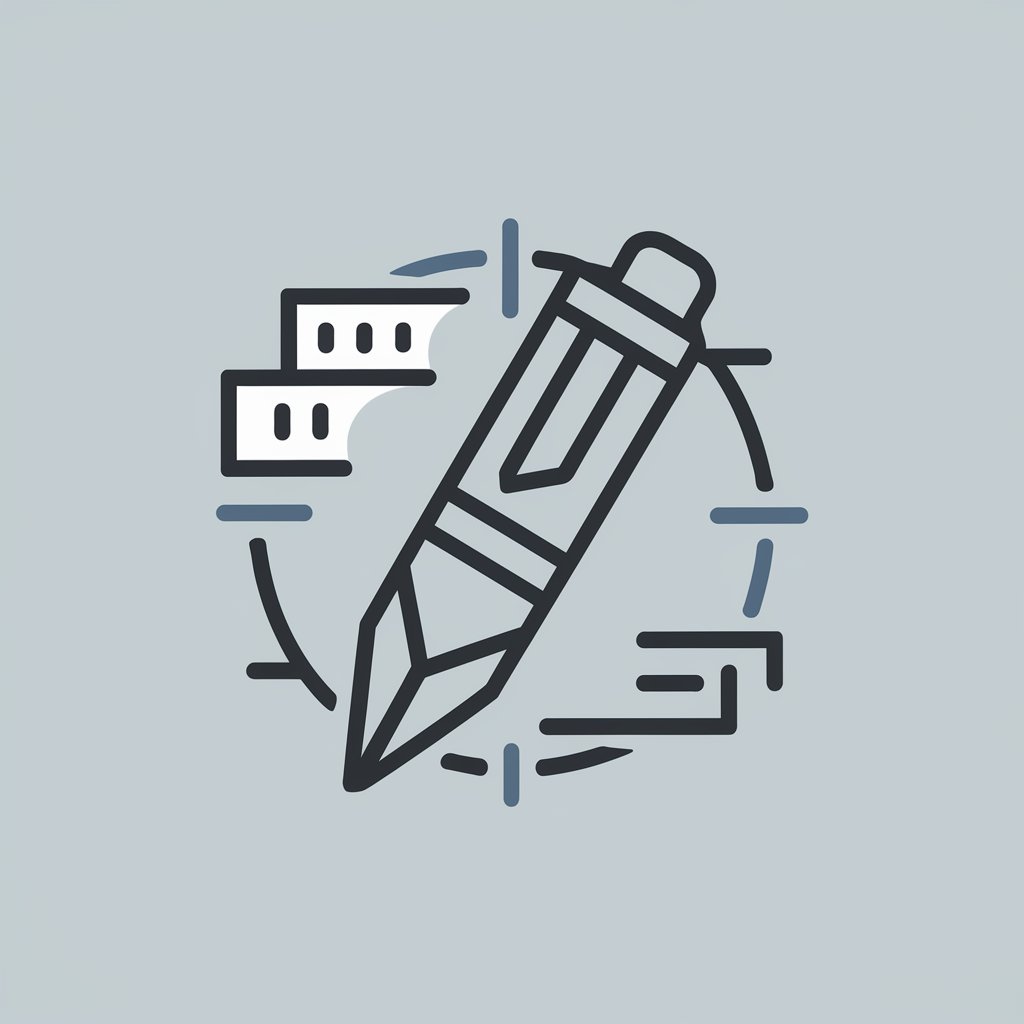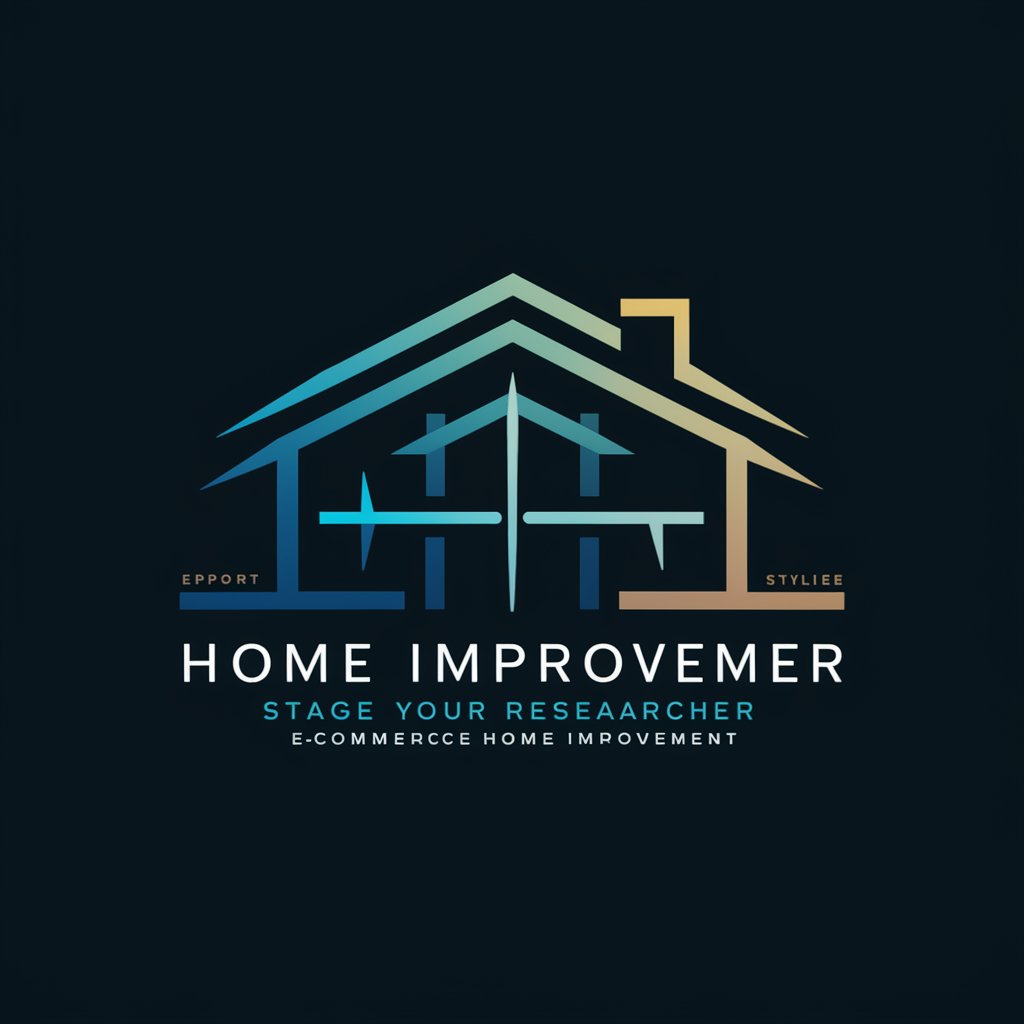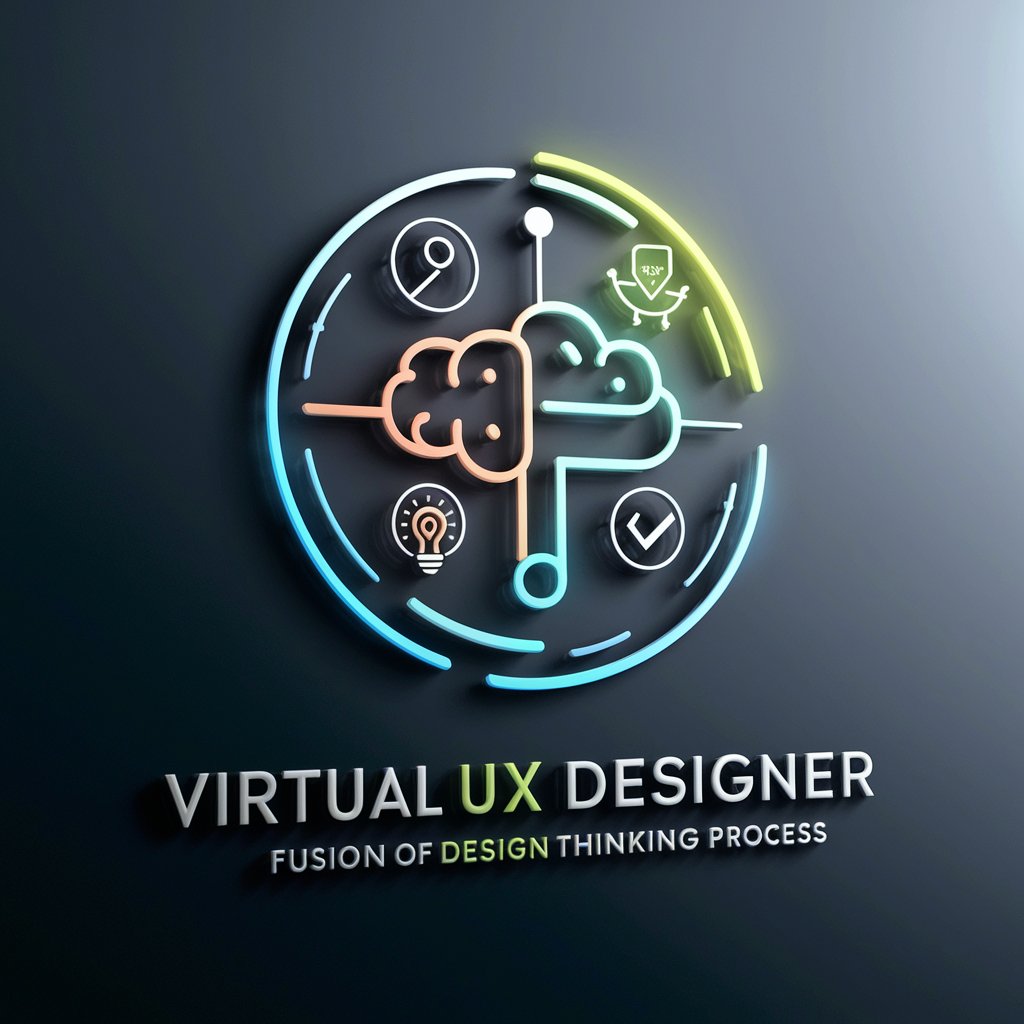UX Design Copilot - UX Design Guidance

Welcome to your UX design consultation.
Enhancing User Experiences with AI
Analyze the usability of this interface...
Evaluate the effectiveness of this user journey...
Provide a detailed critique of the navigation structure...
Suggest improvements based on HCI principles...
Get Embed Code
Introduction to UX Design Copilot
UX Design Copilot is a specialized tool designed to assist in the development and evaluation of user interfaces and experiences. It leverages principles of Human-Computer Interaction (HCI) to provide insights and actionable recommendations. For example, in evaluating a new e-commerce website, UX Design Copilot can analyze the user flow, identify usability issues, and suggest improvements based on established HCI guidelines and best practices. Powered by ChatGPT-4o。

Main Functions of UX Design Copilot
Usability Evaluation
Example
Assessing an application's interface for ease of use, efficiency, and error minimization.
Scenario
Evaluating a mobile app to identify and rectify user pain points, enhancing overall user satisfaction.
User Research Synthesis
Example
Compiling and analyzing data from user studies to inform design decisions.
Scenario
Gathering user feedback on a prototype to refine the product's features and interfaces.
Accessibility Consulting
Example
Ensuring digital products are accessible to people with various disabilities.
Scenario
Reviewing a website to ensure it meets WCAG standards, making it usable for users with impairments.
Design Strategy Formulation
Example
Developing a cohesive design strategy that aligns with business goals and user needs.
Scenario
Creating a design roadmap for a startup's digital platform to ensure a user-centered development approach.
Ideal Users of UX Design Copilot Services
Product Managers
Professionals who oversee the development of digital products and services, benefiting from UX insights to make informed decisions.
UX/UI Designers
Designers focusing on creating user interfaces and experiences can leverage in-depth evaluations to enhance their designs.
Developers
Developers can use UX Design Copilot to understand user needs and integrate usability principles into their coding practices.
Business Stakeholders
Executives and decision-makers can utilize UX insights to align product development with customer expectations and market demands.

Using UX Design Copilot: A Guide
Start with a Free Trial
Begin your journey at yeschat.ai, where you can explore UX Design Copilot with a free trial, no login or ChatGPT Plus required.
Identify Your Design Challenge
Clarify your design goals or problems. Whether it's improving user flow, enhancing accessibility, or rethinking an interface, having a clear objective helps tailor your queries.
Engage with In-depth Queries
Present your UX/UI design challenges or questions in detail. The more specific your query, the more targeted and useful the guidance you'll receive.
Apply Insights and Strategies
Leverage the provided expertise to refine your designs. Implement suggested strategies and consider the theoretical underpinnings in your design process.
Iterate Based on Feedback
Use feedback loops to refine your designs. Implement changes based on insights, then re-evaluate and adjust as necessary to enhance the user experience.
Try other advanced and practical GPTs
UX Copy Bot
Crafting AI-Enhanced User Experiences

UX Researcher
Empower your design with AI-driven insights.

UX Design GPT by Baps Patil
Empowering Design Innovation with AI

UX Write Pro
Elevate Your Writing with AI Power

UX Expert
Empower your site with AI-driven UX insights.

Utah Trail Trekker
Navigate Utah's trails with AI-powered precision.

Sandro Morghen GPT
Empowering Creativity with AI Expertise

Ask Mark!
Empowering UX design with AI-driven insights.

Sparkassen Web Analyzer
Elevate Your Web Presence with AI

myflowerchatbot.com
Bloom online with AI-powered floral marketing

GA4 + SEO
Empowering SEO with AI-driven Analytics

The Tourist Guy
Explore Africa with AI-powered insights

Frequently Asked Questions
How does UX Design Copilot help with design projects?
It offers in-depth evaluations, critiques grounded in HCI theories, and practical design advice to improve user experiences.
Can it provide specific design pattern recommendations?
Yes, it can suggest design patterns and practices best suited for your specific UX/UI challenges, incorporating usability and accessibility considerations.
Is it suitable for evaluating existing designs?
Absolutely. It can critique existing interfaces, suggesting improvements and optimizations based on current design standards and user expectations.
How can it assist in creating user personas and scenarios?
It guides in the development of detailed personas and scenarios, helping to align design strategies with user needs and behaviors.
Can it help with accessibility design?
Yes, it provides guidance on designing for accessibility, ensuring that products are usable by people with a wide range of abilities.
